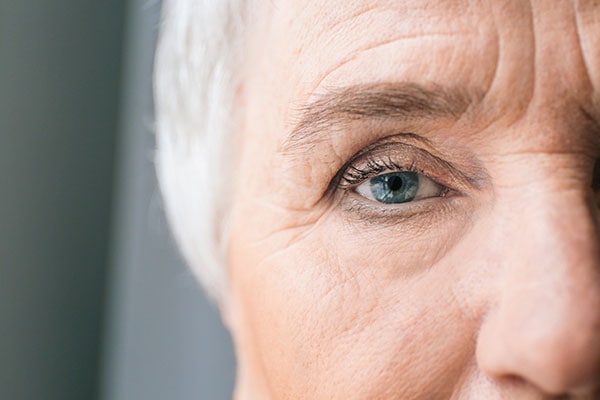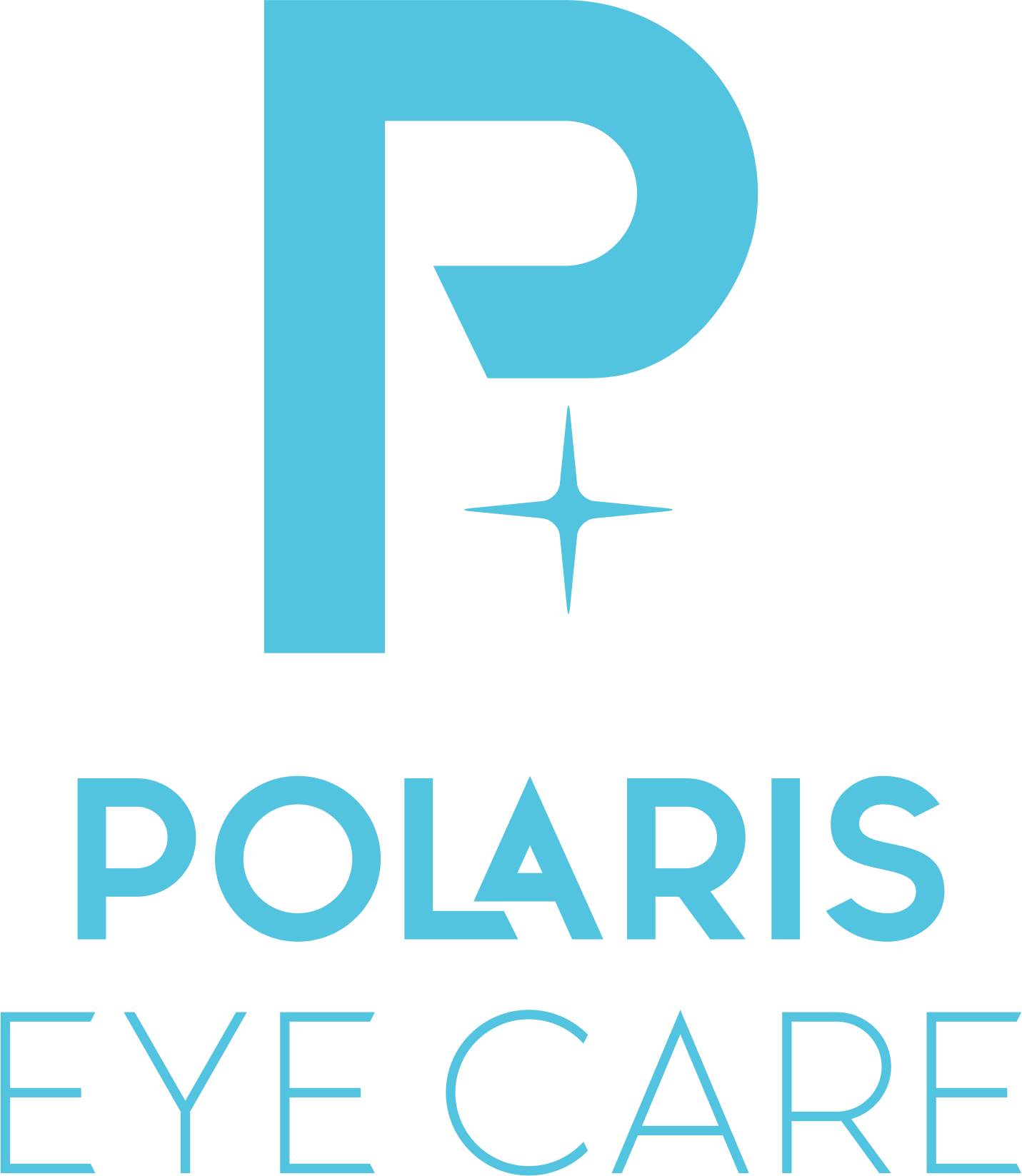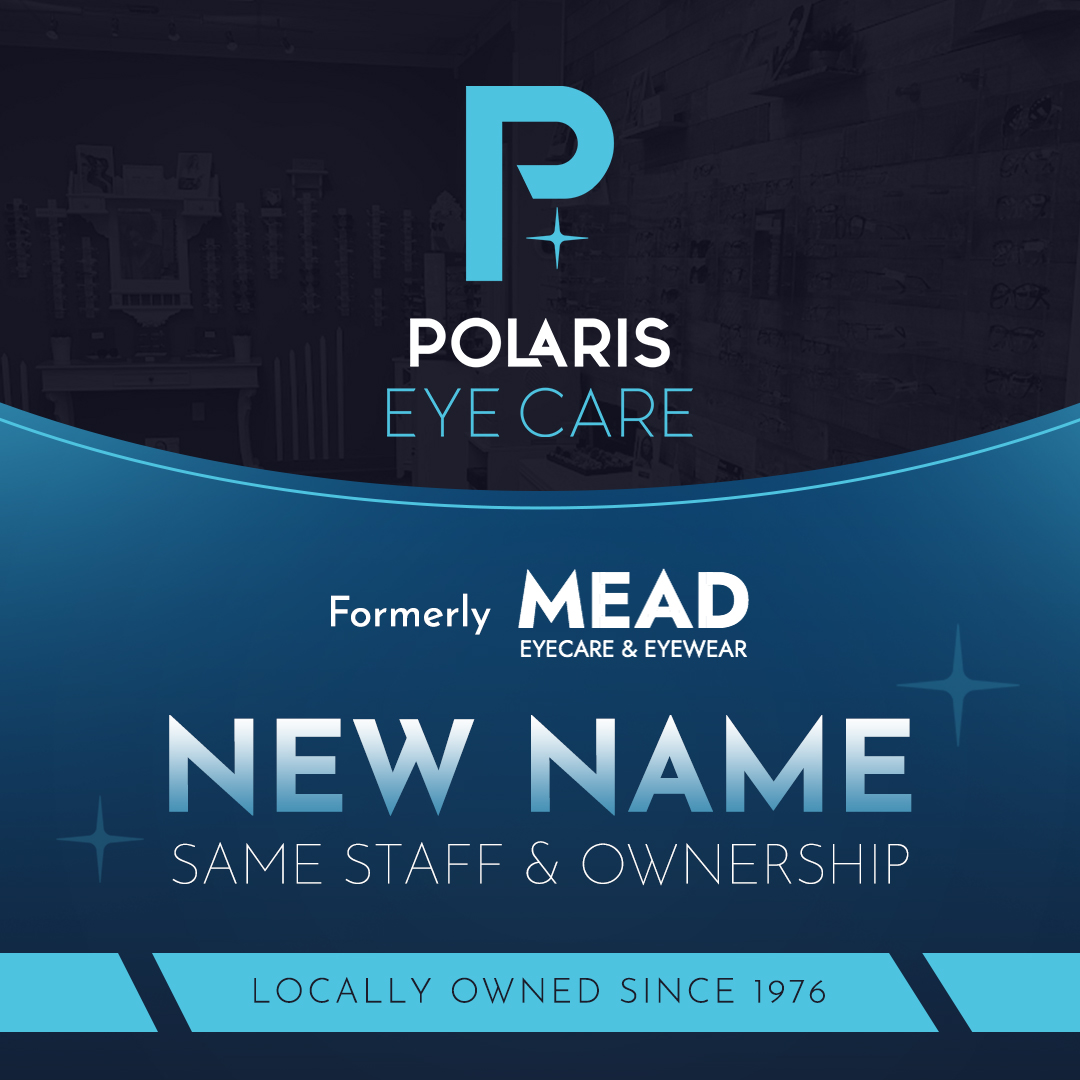
New Hope for Macular Degeneration: Light Therapy and New Injections for Vision Loss
If you or someone you love has macular degeneration, especially the dry form or geographic atrophy (GA). You may have heard the words "no treatment available" for years, but that’s no longer true.
In 2025, we’re finally seeing real progress. New treatments are helping people keep their vision longer, and in some cases, even improve it. Let’s explore two exciting developments: photobiomodulation (light therapy) and new injection therapies for geographic atrophy.
What Is Photobiomodulation (PBM)?
Light therapy to boost your eye’s energy
Photobiomodulation, or PBM, is a treatment where safe red and near-infrared light is used to stimulate the back of the eye (your retina). This light doesn’t hurt, it’s similar to sunlight without UV rays and helps your eye cells heal and function better.
How does it help?
Boosts energy in damaged eye cells
Reduces inflammation
May improve vision or slow down vision loss
What does the research show?
In a recent study called LIGHTSITE III, people with dry AMD who received PBM had better vision after 2 years on average, they could read 5 more letters on an eye chart. That’s a meaningful improvement when your vision is at risk1
How is it done?
PBM is non-invasive, no injections or surgery. You simply sit in front of a special light device (like the Valeda system, which is FDA-authorized) for a short session, similar to visiting an eye doctor.
💉 Complement Inhibitor Injections for Geographic Atrophy
Slowing the progression of dry AMD
If you’ve been told you have geographic atrophy, a more advanced form of dry AMD, there are now injection treatments that slow it down.
These injections work by calming the immune system in your eye, which is often overactive in AMD and can damage healthy cells.
Two approved treatments:
Syfovre (pegcetacoplan)
Izervay (avacincaptad pegol)
What do they do?
These medications help slow the growth of the "dead zones" (areas of cell loss) in your retina. That means you may keep your reading, driving, or facial recognition vision for months or even years longer.
How are they given?
A retinal specialist will inject the medicine into your eye every 4 to 8 weeks in a quick, in-office procedure. It may sound scary, but most people find it easier than expected, and the benefits can be vast.
Any side effects?
Some patients experienced mild inflammation or, in rare cases, wet AMD (a different form of macular degeneration). Your doctor will monitor you closely to catch any changes early.
What’s Coming Next?
Even more exciting treatments are in development, including:
Cell therapies (like OpRegen): trying to replace damaged cells in your retina
Stem cell treatments: aiming to regrow healthy retinal tissue
Gene therapies: designed to fix faulty genes that contribute to vision loss
These are still in clinical trials, but some early results are showing vision improvements lasting 2–3 years or more.
What Should You Do Now?
If you’ve been told there’s nothing to do for your AMD, that’s no longer true.
✅ Ask us about new treatments, especially if you have dry AMD or geographic atrophy
✅ Get regular check-ups to monitor for changes
✅ Protect your vision with sunglasses, healthy eating, and not smoking
✅ Stay hopeful- we’re in a new era of treatment, and better options are arriving fast
You are not powerless against macular degeneration anymore.
Light therapy and new injections are opening the door to better vision, longer independence, and more control over your future.
References
Boyer D, Hu A, Warrow D, Xavier S, Gonzalez V, Lad E, Rosen RB, Do D, Schneiderman T, Ho A, Munk MR, Jaffe G, Tedford SE, Croissant CL, Walker M, Rückert R, Tedford CE. LIGHTSITE III: 13-Month Efficacy and Safety Evaluation of Multiwavelength Photobiomodulation in Nonexudative (Dry) Age-Related Macular Degeneration Using the Lumithera Valeda Light Delivery System. Retina. 2024 Mar 1;44(3):487-497. doi: 10.1097/IAE.0000000000003980. PMID: 37972955; PMCID: PMC10885856.








